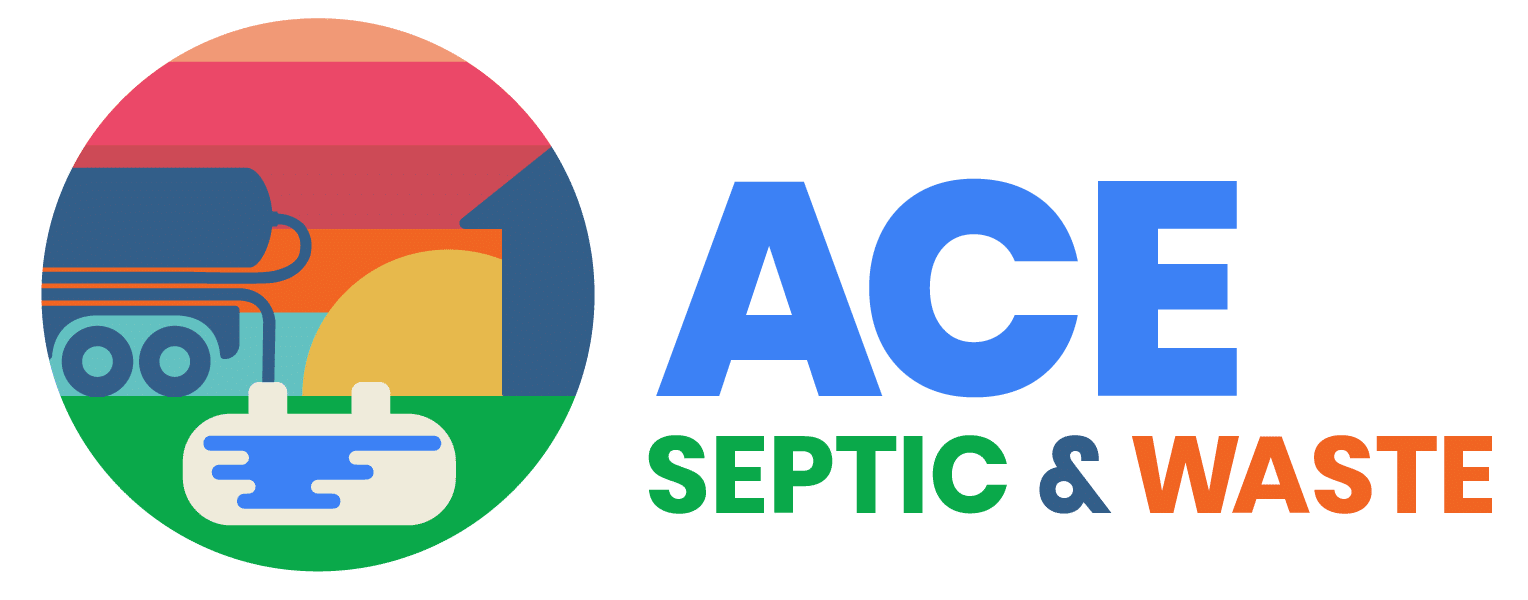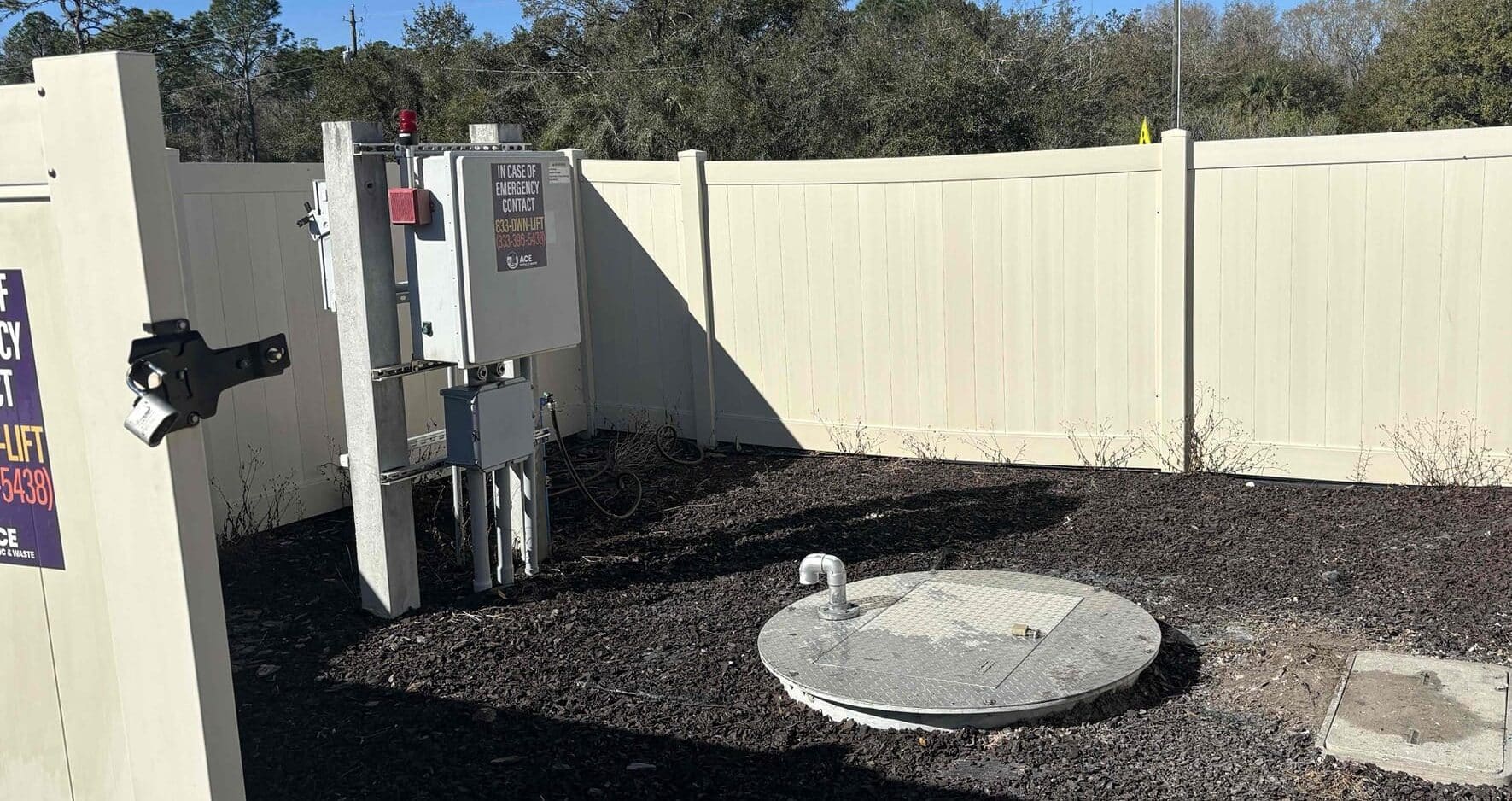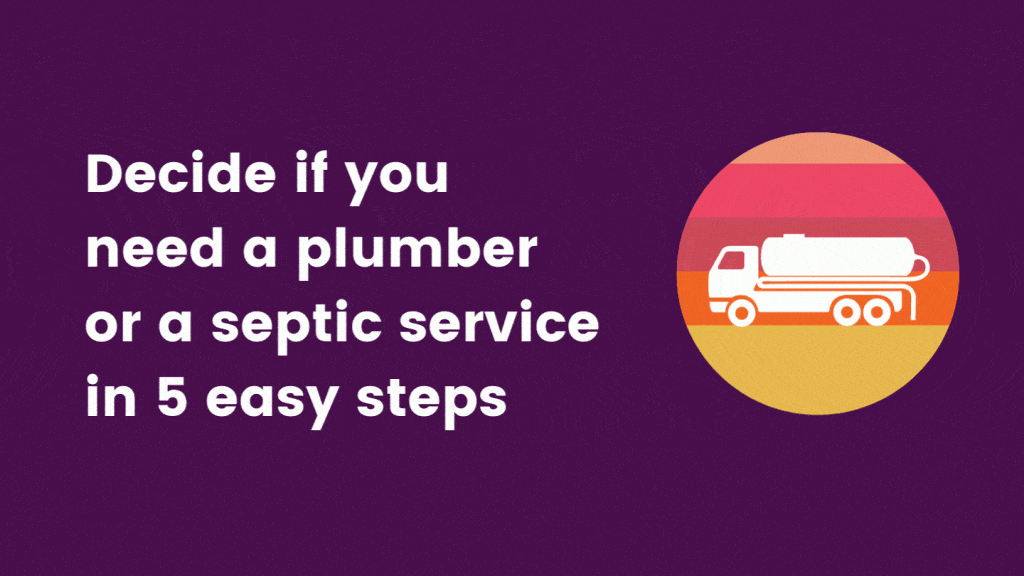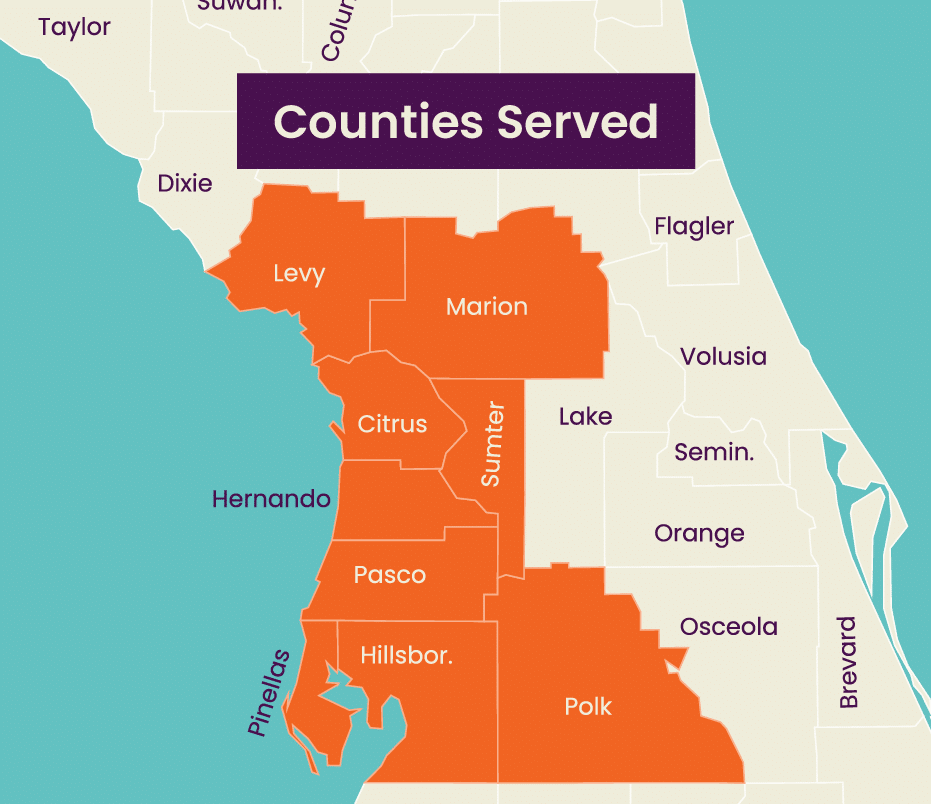In wastewater management, lift stations play a crucial role in ensuring that residential or commercial communities have a reliable system for moving wastewater efficiently to treatment plants. Behind every dependable lift station is a well-thought-out design that considers various factors, from site evaluation to environmental regulations.
ACE Septic & Waste is Tampa Bay and Central Florida’s trusted partner in creating lift station designs that elevate performance and environmental responsibility. For every great lift station design we create, we use a checklist of twelve key factors that guide us from the initial planning stages to installation day.
Step 1: Site Evaluation
The foundation of any successful lift station design starts with a comprehensive site evaluation. Understanding the land’s natural features, soil conditions, and proximity to buildings and utility lines is crucial, as it will ultimately determine whether or not your lift station design will be considered compliant. ACE always starts its process by assessing these factors to determine the most suitable location for your lift station.
Step 2: Flow Analysis
Efficient wastewater management begins with a precise flow analysis. ACE Septic & Waste thoroughly evaluates wastewater flow, ensuring that our design can handle the volume effectively. We consider peak flow times when water usage is higher and future housing growth projections to design a system that adapts to changing needs. After all, when investing in an essential and robust piece of equipment like a lift station, whether residential or commercial, our goal is to create longevity in its use.
Step 3: Pump Selection
Once the site evaluation and flow analysis are completed, we will have a big picture of your lift station design. Then we get into the nitty-gritty, like picking out the right pump for your lift station. Selecting the right pump is a critical aspect of lift station design. We carefully consider factors like pump capacity, head pressure, and material compatibility to ensure optimal performance. Our pump selection process is driven by years of expertise and numerous jobs, resulting in a pump that meets the unique demands of your system.
Step 4: Wet Well Sizing
The next critical selection involving equipment revolves around the wet well. A wet well is a reservoir where wastewater collects before being pumped to its destination. ACE’s design experts meticulously calculate the wet well’s size to prevent overflows and maintain consistent operation. We aim to strike a balance between capacity and frequency of pump cycles for energy efficiency.
Step 5: Force Main Design
The force main is responsible for transporting wastewater from the lift station to the treatment facility. It ultimately serves as the final gate the water must pass through out of the lift station. Our design considers the force main’s length, diameter, and material, ensuring it can withstand the journey’s demands while minimizing energy consumption.
Step 6: Electrical and Control Systems
When moving water from a low point to a high endpoint, an energy source is required to achieve that movement. Accordingly, lift stations rely on electrical control systems to fulfill that movement. Our design incorporates state-of-the-art control panels, alarms, and monitoring systems to maintain reliability and safety. Efficiency is still important here, as an ideal lift station operates properly without ramping up electrical costs. ACE strives to achieve this while adhering to industry standards and all local and state regulations.
Step 7: Safety Considerations
It is clear to the ACE Septic & Waste team that routine maintenance of a lift station will be required. From our team members to your team and any third-party inspector or state official, we believe safety is non-negotiable in lift station design. ACE’s approach encompasses safety measures for workers during installation and maintenance and safeguards for the community. We implement safety protocols that comply with regulatory guidelines and industry best practices.
Step 8: Environmental Regulations
Environmental responsibility is at the core of our design philosophy. ACE Septic & Waste ensures that all lift station designs align with local and federal environmental regulations. This commitment extends to odor control systems and measures to minimize the system’s impact on the surrounding ecosystem. After all, Florida’s primary source of drinking water is the aquifer. We cannot and will not risk a sewage spill due to short-cutting environmental regulations, no matter how difficult those regulations may make a particular lift station design.
Step 9: Energy Efficiency
Efficiency is vital to sustainability. Our lift station designs prioritize energy-efficient components and pump systems to reduce operational costs and minimize environmental impact. We’re dedicated to the long-term health of both your system and the environment. With today’s technology in lift stations, it’s possible to get the best of both worlds.
Step 10: Emergency Backup Systems
In the event of power outages or equipment failures, lift stations must continue functioning. ACE Septic & Waste designs backup systems that ensure uninterrupted operation, safeguarding your community’s wastewater management. This is often accomplished through an on-site generator that flips on once it registers a power outage in the primary energy source. As part of this backup system, an alert indicates that the lift station’s primary power source is out and is currently relying on the secondary power source. This helps ACE and anyone addressing the outage privately or in the local public utility that the primary power source must be addressed immediately.
Step 11: Odor Control
We understand the importance of odor control for your community’s well-being. Our designs incorporate advanced odor control solutions to keep your surroundings, whether your home or commercial property, smelling pleasant and welcoming.
Step 12: Maintenance and Accessibility
Maintenance is the lifeline of a lift station. We design every lift station with hinged access doors because we understand accessibility and ease of maintenance will ensure that this will only contribute to your system staying in peak condition for years to come.
Choose Tampa Bay and Central Florida’s Premiere Lift Station Design Vendor
ACE’s lift station designs come with deliverables that include engineering plans, detailed specifications, and construction blueprints. Although we don’t necessarily do each of these steps ourselves, we have partnered with other local companies, and together, we offer residents and commercial property managers an A-Z solution for your lift station. Our combined deliverables are a roadmap, ensuring operational efficiency, regulatory compliance, and long-lasting performance. After all, starting something out on the right foot will always be more accessible to manage and maintain down the road.
Whether your project is residential or commercial, ACE Septic & Waste is your go-to partner for lift station design that meets the highest standards. Contact us today for a consultation, and follow us on LinkedIn to stay updated with the latest innovations in wastewater management. Together, we’re elevating excellence in lift station design.







